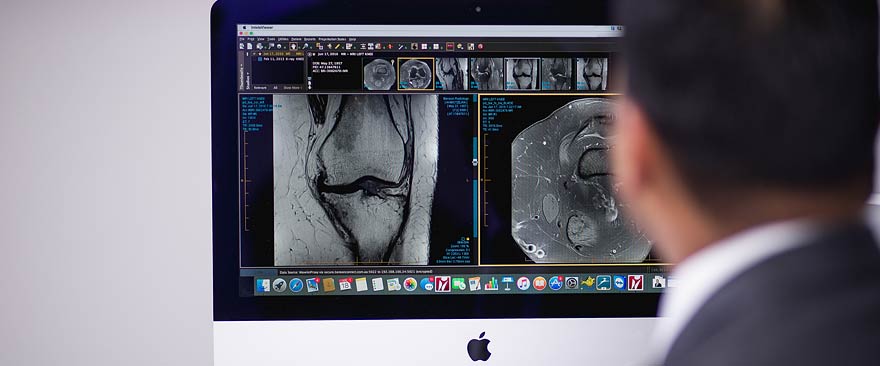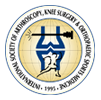The term 'Patella subluxation', is where the kneecap (the patella) tracks away from a groove in the lower end of the thigh bone - the femur. In other cases, referred to as Patella dislocation, it dislocates completely from the groove. The term “Patellar instability” refers to the increased likelihood of the patella displacing again and again after the first occurrence.
Patella instability can be caused in a number of ways: it is not un-common during sports - especially in the 16-20 year olds - where there is a sudden twisting action on the knee or an impact with the knee (soccer and gymnastics in particular), and it is also not uncommon where someone slips and/or falls on to hard ground.
Individual physiological differences in bone shape and structure make some people more prone to patellar instability.
One of the below variations or pathologies contribute to patellar instability:
- Patella alta: where the patella is in a higher position than usual
- Increased Q-angle: where there is an increased lateral pull on the patella during knee movement
- Trochlear dysplasia: where the groove in which the patella tracks is too shallow
- MPFL injury: where the Medial Patello-femoral ligament that is an important restraint to patella dislocation is torn.
Dislocation of the kneecap can be very painful, but milder cases of patella subluxation can be accompanied by only a small amount of pain.
A full physical examination of the affected knee will generally be required, with in addition an X-ray generally required to confirm what type of patellar instability has occurred. In many cases physiotherapy is the only treatment required, with a series of exercises to strengthen the muscles (particularly the quadriceps muscle and hip abductors) around the knee cap which then help to keep it in place. If physiotherapy does not address the issue, then surgery may be needed.
Surgical treatment focuses on the pathology to be treated and aims to correct one or all of the conditions listed above.
The Procedure
Using arthroscopic (keyhole) techniques, a small camera is inserted into the knee to allow the surgeon to assess any internal damage. In some cases, the dislocation of the patella is caused by ligaments being too tight and pulling it out of the groove in the femur. In this case the surgeon may release the affected ligament/s, allowing the patella to relocate to the right position.
Surgical treatment focuses on the pathology to be treated and aims to correct one or all of the conditions listed above. More often it is due to injury to the Medial patella-femoral ligament (MPFL) which may need an open reconstruction. Depending on the pathology present, further open surgery may be required - a procedure referred to as 'tibial tubercle osteotomy'. The tubercle is a protrusion on the tibia (shin) bone where the patellar ligament attaches. In this procedure the tubercle is relocated on the bone to align the patella properly in the groove in the femur.
Rehabilitation guidelines for MPFL (Medial Patello-femoral Ligament Reconstruction)
- The time-lines mentioned are approximate and actual progression depends on individual recovery.
- Patients can weight bear as tolerated from day 1. Please use crutches till good pain control, quadriceps strength and walking mechanics are achieved.
- Apply Ice packs 3-5 times for 10 min each time for the first two weeks.
- A hinged knee brace is to be worn when weight bearing and walking for 4 weeks.
- Range of movement(ROM) allowed is 0-60 degrees for 2 weeks and 0-90 degrees only till 4 weeks postoperative period.
- Exercises focus on recruiting VMO (Vastus medialis obliqus) muscle and strengthening quadriceps, hip abductors and core strengthening.\
First 2 weeks
- Weight bearing and mobilise as tolerated.
- Start quadriceps sets, ankle pumps early on.
- ROM 0-60 degrees only.
2-4 weeks
- Progress with walking, functional exercises.
- Progress with single leg stance, balance, proprioception.
4-8 weeks
- Start no-resistance stationary bike.
- Functional exercises – focus on eccentric exercises.
- Pool exercises.
- Progress with Rom and step-ups.
- Remember all exercises are closed-chain and functional.
12 weeks +
- Start resistance training, work or sport specific training after 12 weeks only.







